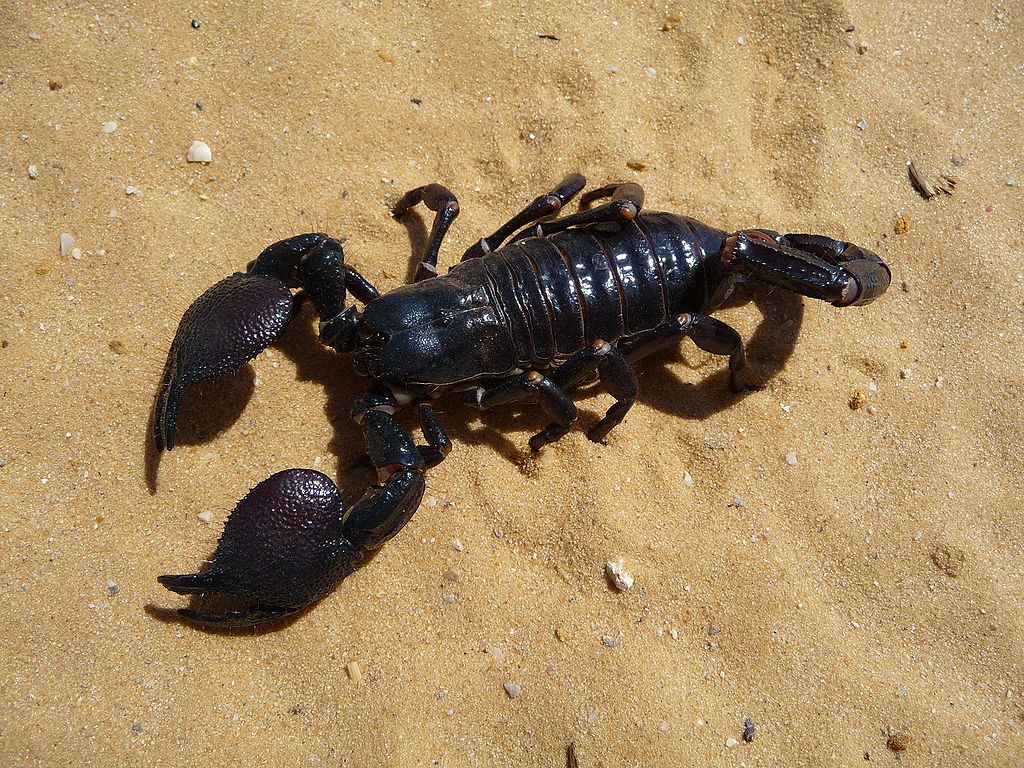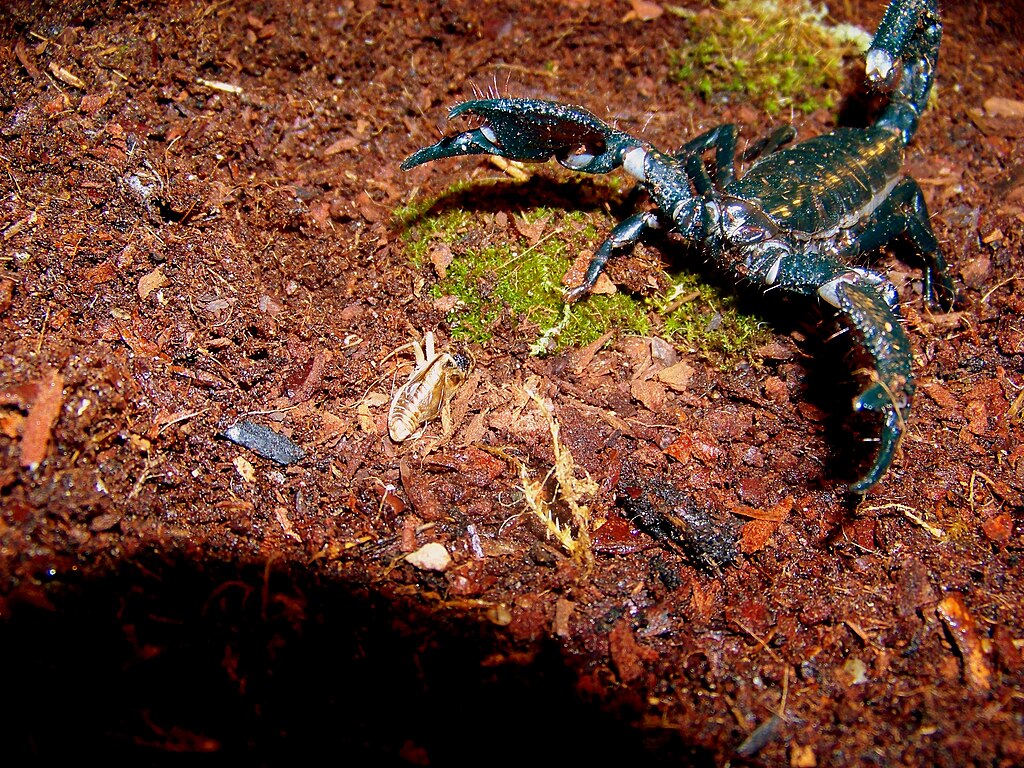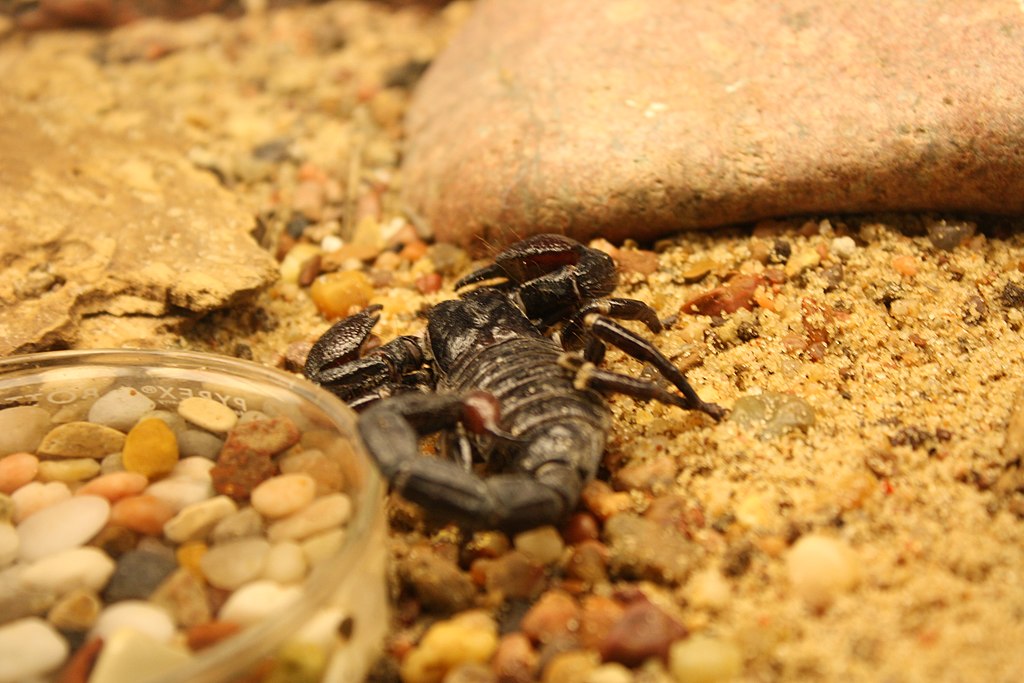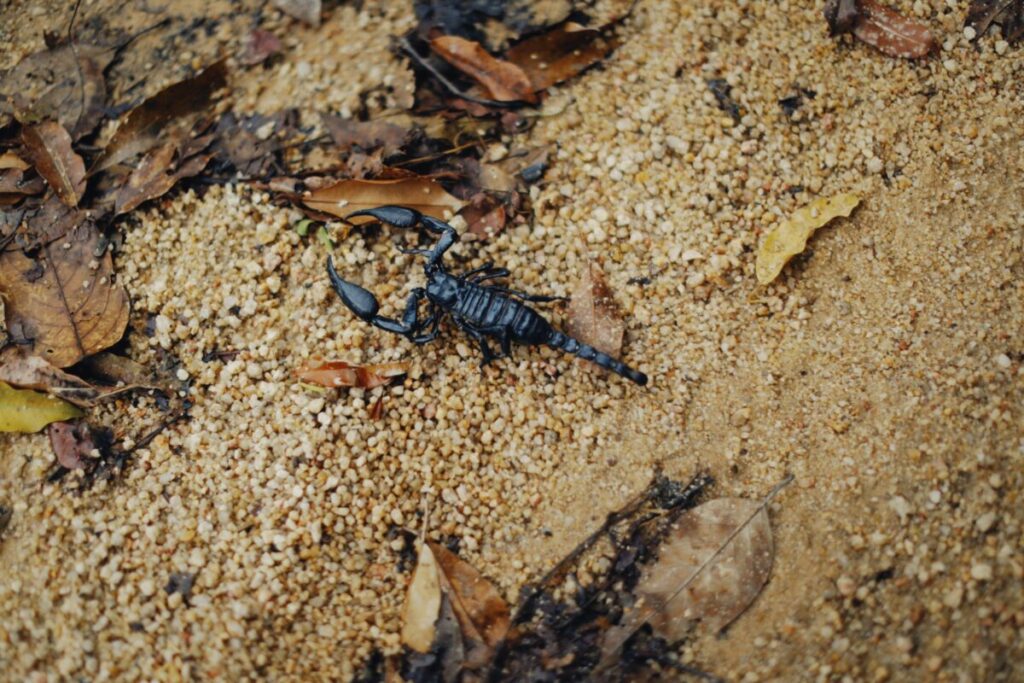Welcome the most revered species in the kingdom of arachnids – the Emperor Scorpion. A native to the African continent, the Emperor Scorpion boasts of a fascinating size. Besides their impressive dimensions, their unique appearance, lifespan, and minimal toxic level contribute to making them a favorite in pet commerce. Despite their fierce looks, these darkly attractive creatures are quite manageable, provided you understand their needs.
Getting Acquainted with the Emperor Scorpion

Prospective pet enthusiasts should consider the long-term commitment inherent in owing an Emperor Scorpion. Their sting, while similar to a bee sting, is painful but rarely indicates a need for medical help. However, in rare cases, allergic reactions may require immediate treatment. Individuals who are new to arachnid collecting should proceed with caution before adopting this species.
Their preference leans towards solitude and minimal human interaction. The likelihood is higher they might use their commanding claws to pinch you than sting; a rather discomforting experience, to say the least. Emperor Scorpions‘ docility is a surprising facet for these intimidating-looking creatures.
Feeding Habits of the Emperor Scorpion

The diet of wild Emperor Scorpions encompasses vertebrates and invertebrates, with no special preferences. They don’t shy away from feasting on lizards, insects, and other arthropods. A diet rich in crickets can serve well for pets, supplemented by a generous helping of moths and mealworms. It’s key to remember that these scorpions get satiated easily, so overfeeding must be avoided.
Keep these hints in mind:
- Scorpions should be fed every alternate day.
- An average of three to six crickets per week is sufficient.
- Late-night feeding aligns with their nocturnal habits.
- Always have a shallow dish of fresh water inside their habitat.
The nutrition of your pet is directly proportional to the nutritious intake of the feeder insects. A mineral supplement designed for reptiles, layered over the crickets, could be beneficial.
Housing Your Emperor Scorpion

Proper housing poses a significant challenge for Emperor Scorpions. It’s tricky for pet enthusiasts to simulate the creature’s natural environment, which demands precise heat and humidity.
When setting up their habitat:
- Ensure the house is amiable for a group or solitary living.
- Have an abundance of hiding spots available.
- Use glass tanks with tight-fitting lids.
- Provide a nocturnally conducive environment.
Creating the Perfect Environment for Your Emperor Scorpion

Maintaining the right temperature and humidity is paramount in caring for these creatures. A temperature range of 70 to 90 degrees Fahrenheit should be maintained, with heating mats placed underneath the tanks to help regulate their body temperature. Please ensure the mats cover only a third of the tank, allowing the Emperor Scorpions an option to seek cooler areas.
Pro tip: If you notice condensation or mold on the substrate, it is indicative of excessive humidity. Light frequent misting of the tank helps maintain high levels of humidity, keeping the substrate just damp, not wet.
Are you keen to uncover more intricacies about the behaviors and characteristics of unique animals like the Emperor Scorpion? Explore our Scorpion Facts or dive into the Characteristics Of Invertebrates.